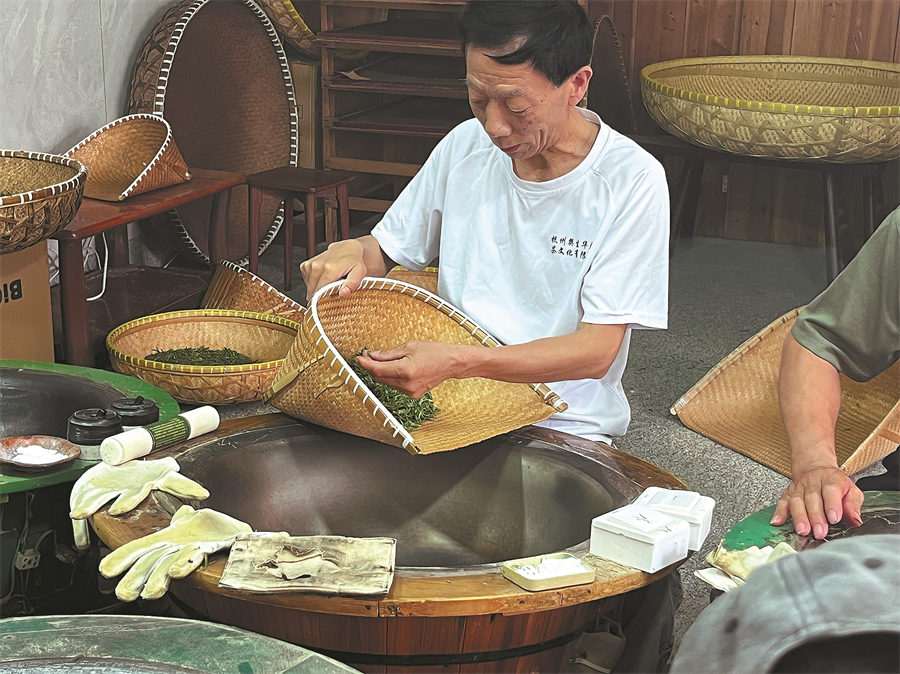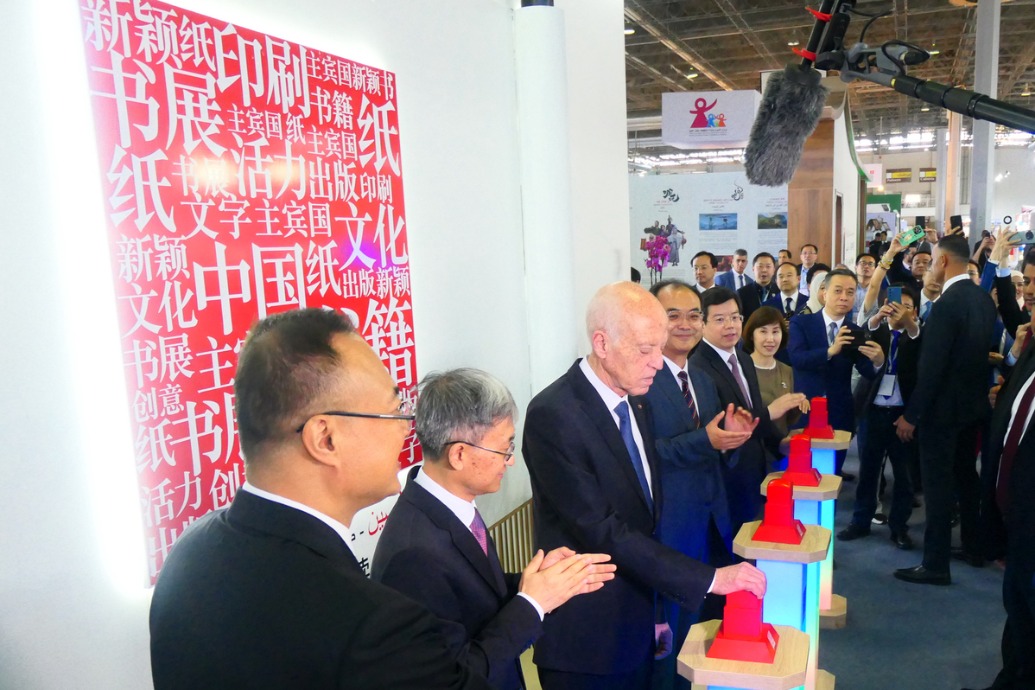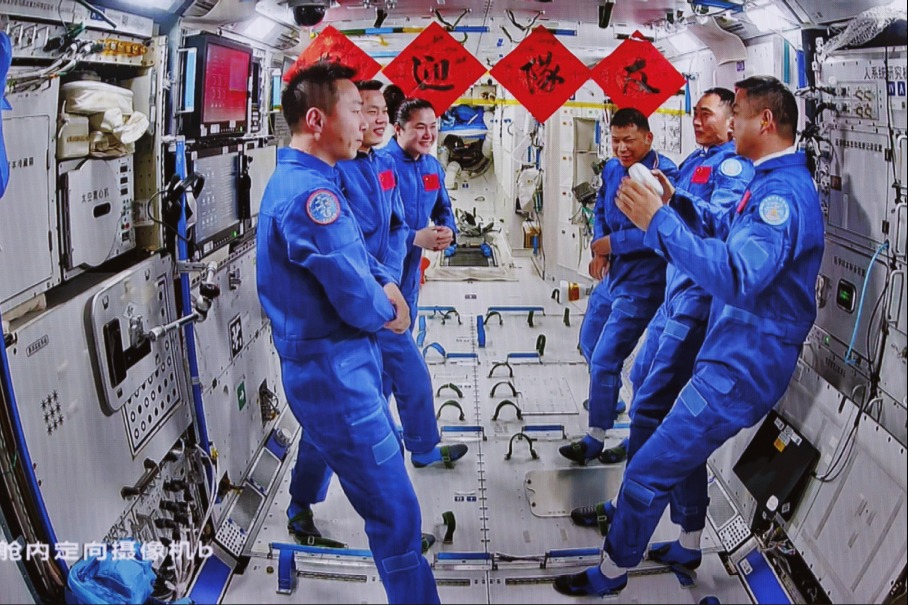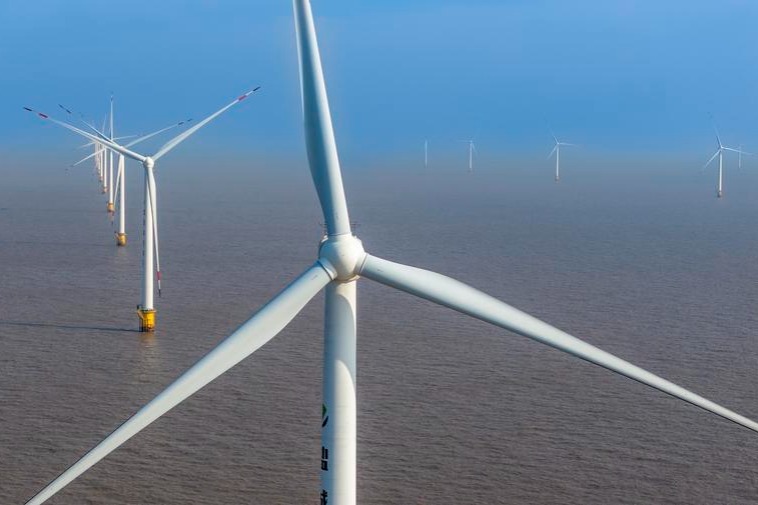Master the art down to a tea


Traditionally, in Jiangnan — the region along the southern bank of the lower reaches of the Yangtze River — after Grain Rain, tea production reduces due to the onset of rainy season and declining leaf quality as a result of accelerated growth. Only quality leaves can yield masterfully stir-fried tea, Fan says.
Longjing tea was historically classified by the tenderness grade of leaves: single bud, one bud with one leaf and one bud with two leaves.
Now, West Lake Longjing tea is produced only in spring, and it is picked according to the standard of one bud with one leaf or one bud with two leaves.
The best tea is made from the newly sprouted leaves measuring between 1.2 and 1.5 centimeters. Gradually the leaves will grow to as long as 3.5 cm and their flavor profile will decline accordingly.
Tea roasters' skill plays another crucial role in deciding tea's quality.
The roasting of standard Longjing tea involves nine meticulous steps, including spreading, primary wok-frying, shaping, rehydrating, final wok-frying, sifting and so on. Particularly during the wokfrying process, ancestral tea masters had developed a distinctive technical sequence known as the "10 essential hand movements" of West Lake Longjing tea processing, such as grasping, shaking, pushing, smoothening, pressing and so on.
























